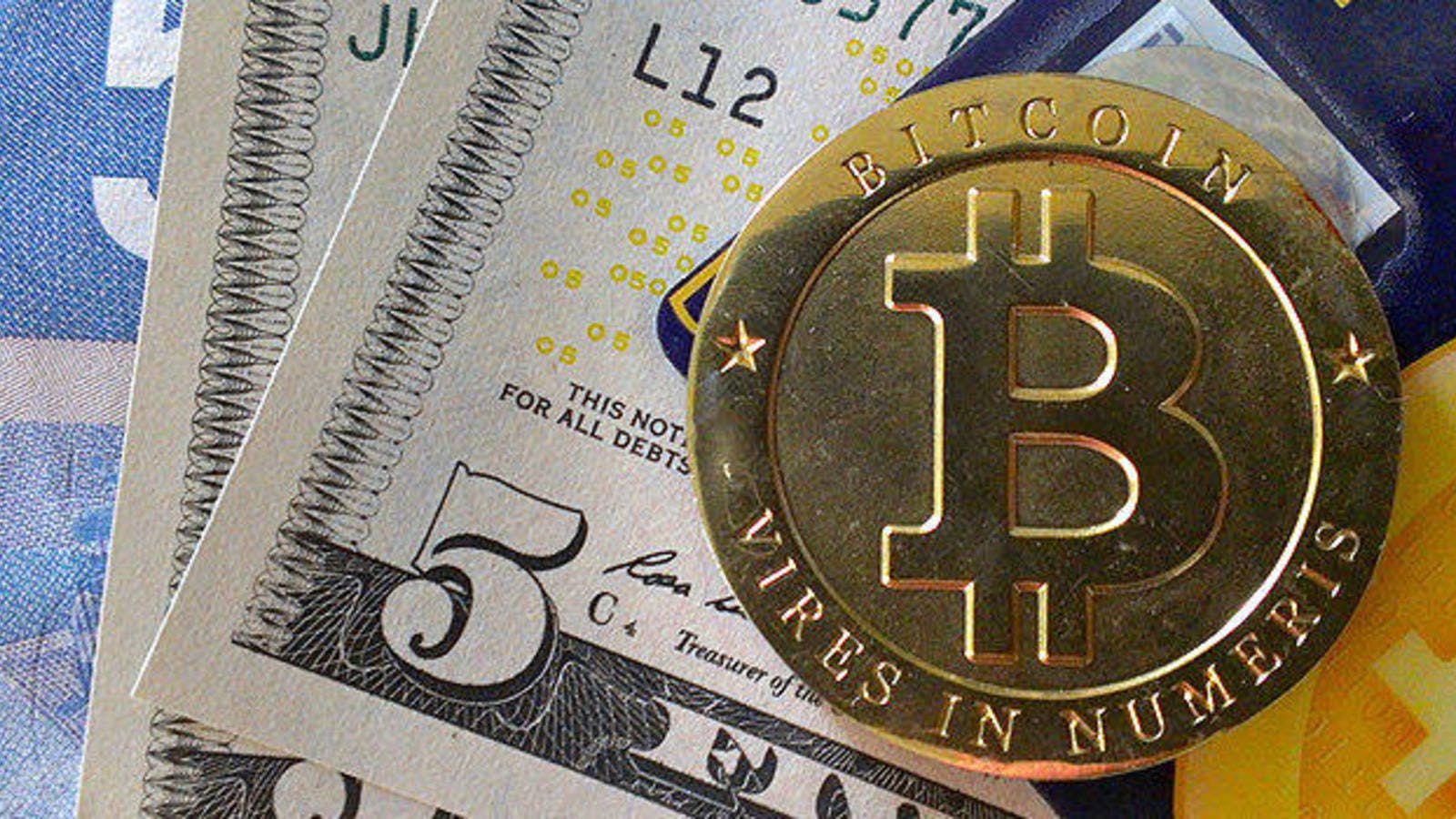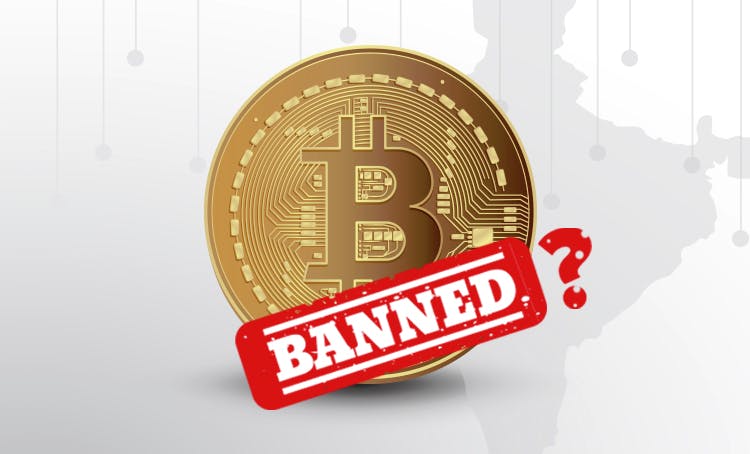
- All
- Tools
- Analytics
- Technical Analysis
- Trading
- Blockchain
- DeFi
- Guides
- Company News
- Educational
- Opinion
- Price Predictions
- Market News
- News
- Trading cases
- Practical guides
- Exchanges
- Trading signals
- Cryptocurrency
- Crypto bots
- Other
Become a crypto master
Learn everything about crypto,
trading and bots

Can cryptocurrency become a widespread payment tool?
Start Trading on 3Commas Today
Get full access to all 3Commas trading tools with free trial period

Despite the fact that the very name “cryptocurrency” contains the term “currency,” governments and many users recognize bitcoin only as an investment asset or means of speculation, and not as a payment tool. This is despite the fact that in the original bitcoin White paper creator Satoshi Nakamoto defines bitcoin as a peer-to-peer electronic cash system. In order to understand whether a cryptocurrency can in fact operate as a currency in the conventional sense, we need to find out what a currency is and define its functions and features.
The international monetary system – basic principles and concepts
An international monetary system (IMS) is a set of internationally agreed rules, conventions, and supporting institutions that facilitate international trade, cross-border investment, and generally the reallocation of capital between nation-states. ( Wikipedia). In other words, an IMS is a form of international financial regulations based on intergovernmental agreements.
Under these rules and regulations, the governments of different nations came to an agreement on how exchange rates would be regulated and enforced. Until 1976, the USA — and, effectively, the whole world — used gold as a reserve legal tender until gold backing was completely abandoned and exchange rates were freely determined. That is, monetary units became fiat currencies or fiduciary money, not secured by any reserves. One of our previous articles provides more information on the history of currencies and how they compare to cryptocurrencies.
Here are some functions performed by governments to ensure the stable operation of the IMS:
- Regulating exchange rates and eliminating imbalances that arise from trading currencies
- Providing reserves to create liquidity in the foreign exchange market
- Managing funds and issuers responsible for the operation of the international monetary system
- Ensuring the stability of the system and eliminating contingencies
- Harmonizing the exchange rate regime
What is currency?
Currency is a tool designed to measure the value of goods and services. Currently, the world uses fiat currencies that have a face value set by their issuer. International currency transactions, including remittances, trade, investments, and more, necessitated the regulation of economic relations and led to the emergence of the worldwide monetary system.
Historically, all kinds of goods were used as money: glass beads, cowrie shells, salt, and even cocoa beans. As humanity evolved, the qualities that money had to possess also developed. To become money able to cater to our today’s needs, bitcoin must become a unit of account and a medium of exchange.
Let’s consider how well bitcoin meets these criteria in comparison to other assets:
- Bitcoin has a face value. It is not issued by a central authority, but unlike gold, which is counted in ounces or kilograms, 1 BTC will always equal 1 BTC.
- Bitcoin serves as a unit of account. Unlike stocks or gold, you can buy goods and services from retailers that accept payment in bitcoin. Even major companies such as Starbucks and Microsoft accept bitcoin. Recently even Tesla started accepting bitcoin but then took a 180-degree turn, citing the unsustainability of bitcoin mining. We dispelled this environmental myth in another article.
- Bitcoin is a medium of exchange and can be converted into other digital and tokenized assets as well as currencies.
- In addition, bitcoin has the properties of a savings vehicle, as it grows in value over time and it is based on a deflationary mechanism that limits its issuance.
However, when it comes to payments, bitcoin faces a number of issues. First, on average, it takes 60 minutes for a transaction to be considered immutable when using a bitcoin legacy addresses, and the average fee is as high as $10 to $20. Many exchanges and wallets still do not support the newer SegWit address format that allows cheaper and faster transactions. But these problems can be solved with the development of the Lightning Network. Moreover, due to strong volatility, the value of bitcoin can dramatically change in a short period of time. For BTC to become a unit of account, bitcoin’s price and liquidity must rise, leading to a decline in its volatility.
Assets claiming to be a store of value must retain their value over time, which implies price stability. Though bitcoin’s price can rise significantly, it can also fall dramatically, undermining its ability to be a reliable store of value. However, liquidity plays a big role here. Compared to currencies, bitcoin’s trading volume is more than a hundred times smaller than its counterparts. If traditional currencies’ liquidity was similar to the one of bitcoin, their exchange rate could probably be just as volatile.
Do cryptocurrencies threaten fiat?
Cryptocurrencies are not tied to the economy of a specific country, so local governments could develop a set of uniform rules to control the use of circulating cryptocurrencies, although this is unlikely to be implemented. Taking this one step further, it would not be possible for governments to gain full control of decentralized blockchain networks. The growth of the cryptocurrency sector, which recently exceeded $2 trillion and now stands at around $1.3 trillion, poses a real threat to traditional currencies.
More and more companies that choose to accept cryptocurrencies as payment for their goods and services are appearing on the market. We also see an increasing number of retailers creating their own blockchain applications on DeFi-platforms. For example, Binance recently launched Binance Pay, where users can book hotels with crypto.
While transactions on many blockchains are transparent and open to anyone, they offer greater privacy, and governments do not have the ability to block or control transactions like they do with traditional bank transfers. Central banks are already concerned with the loss of control over financial systems and are developing monetary policies to be implemented when more and more people use cryptocurrencies.
The pandemic has played a significant role in the rise of digital currency supremacy. More and more consumers refuse to use cash to pay for goods and services. This has encouraged them to look for alternative payment methods, including cryptocurrencies. However, cryptocurrencies are hardly a serious threat to fiat money as they stand today because:
- Many users still trust traditional currencies out of habit
- Traditional currencies are available and accepted as a payment in all local stores
- Transferring local money domestically is, most of the time, more convenient than using cryptocurrencies for such purposes.
At the same time, we can see active growth in bitcoin and altcoins users, which threatens fiat currencies. The more people use cryptocurrencies, the higher the market liquidity becomes, which results in reduced volatility and makes crypto assets more convenient for everyday use.
Bitcoin vs. USD – the world map of cryptocurrency victories
The stumbling block for fiat money is its balance of supply and demand. The fact is that apart from the user demand, fiat is controlled by its emission: central banks can issue new bills in unlimited quantities. In early 2021 alone, U.S. President Joe Biden signed an executive order to provide a $900 billion bailout plan. Such actions significantly dilute the purchasing power of a currency. Bitcoin issuance, on the other hand, remains limited. When the last bitcoin is minted by miners, the supply will forever remain unchanged, and the balance will be regulated only by demand.
Availability and fragmentation
Cryptocurrencies solve the problems of the unbanked and allow anyone to use financial services regardless of their nationality or status. The development of decentralized finance (DeFi) has played an important role in this breakthrough. According to The World Bank, 1.7 billion adults on the planet do not have access to the traditional banking system. But that’s not the only problem with traditional finance.
Another barrier to the use of traditional currencies is the fragmentation of banks: in most cases, each country uses its own currency for payments and transfers, which makes cross-border payments more complex and therefore more expensive. On the other hand, cryptocurrencies are not tied to a specific jurisdiction, and people can use them anywhere in the world without any additional complications.
Privacy
Users are concerned about the ability of central authorities to track and control payments made in fiat currencies. The creation of Central Bank Digital Currencies (CBDC) controlled by centralized governments will further exacerbate this situation. Cryptocurrencies are once again gaining the upper hand over traditional money. Although most cryptocurrencies — except for so-called privacy coins, such as ZCash or Monero — are not truly anonymous, it will be harder for governments to track transactions, and it will be virtually impossible to revert a transaction once completed.
Prerequisites for decentralization of the global financial system
Blockchain is inexpensive to organize and blockchain transactions are easy to track. Banks are fragmented, but if the government creates a blockchain, it could establish a single blockchain pool that collects all transactions instead of creating hundreds of banks. Authorities would not have to send requests to separate banks and instead, they would be able to access any transaction almost instantly and get access to all necessary information.
In addition, blockchains work autonomously, without the involvement of employees and management, which reduces maintenance costs and further lowers transactions costs. Blockchains don’t need an office, do not require staff, and do not depend on paperwork. This will speed up any payments and transfers, including cross-border transactions.
But when it comes to decentralization, things are a bit more complicated. First, governments are unlikely to put the reins of power in the hands of citizens. Another possible outcome is that blockchain-based digital currencies will operate on a PoS mechanism, with state-owned and large private banks as validators. The Central Bank is likely to have control and a major stake in this type of blockchain.
The main prerequisite for the creation of a worldwide, decentralized financial system was the need to bypass government control and regulation of the monetary system. With the introduction of blockchain technology, the ability to censor transfers, block accounts, or payments by a single party is no longer possible. Users have acquired full ownership and control of their funds. However, this does not make blockchains independent of governments. Regulators can impose restrictions and introduce administrative and even criminal penalties for violations if they deem necessary.
To summarize, no matter how similar crypto assets are to traditional currencies the government always has the final say. Cryptocurrencies are decentralized, but individual states are not. However, this does not mean that governments can’t benefit themselves from blockchain technology. For example, one important advantage of digital currencies is the possibility to make contactless payments. This would eliminate the need for cash, which is especially important in times of global viral infection. As a result, many governments across the world are developing state-controlled digital currencies.
Can CBDCs stop bitcoin?
States have recognized the effectiveness of blockchain technology and have set out to develop their own Central Bank Digital Currencies (CBDC). Governments seek to shift the focus of citizens’ attention from cryptocurrencies to the ones controlled by the state. Despite these efforts, sovereign digital currencies have not attracted as much attention from users.
Looking at the situation with CBDC development objectively, we can see that the creation of sovereign digital currencies is nothing more than an attempt to “steal the show”. They are a digital analog of traditional currencies and do not bring any additional benefit to users, except for the ability to make offline payments. Everything else, including centralized management, control over the funds, and de-anonymization, remains the same.
Conclusion
Sovereign digital currencies are unlikely to eclipse Bitcoin and altcoins, as users are likely to prefer them due to privacy, censorship resistance, and autonomy. On the other hand, cryptocurrencies are unlikely to replace fiat currencies any time soon because of their disadvantages, such as high volatility, low scalability, and insufficient liquidity. It seems likely that in the near future, most people will use digital currencies and stablecoins to pay for goods and services and utilize cryptocurrency as a speculative asset. But that could change as cryptocurrencies approach mass adoption and more retailers begin to accept digital assets as payment for goods and services.

A proven leader, successful at establishing operational excellence and building high-performance teams with a sharp focus on value creation and customer success.






